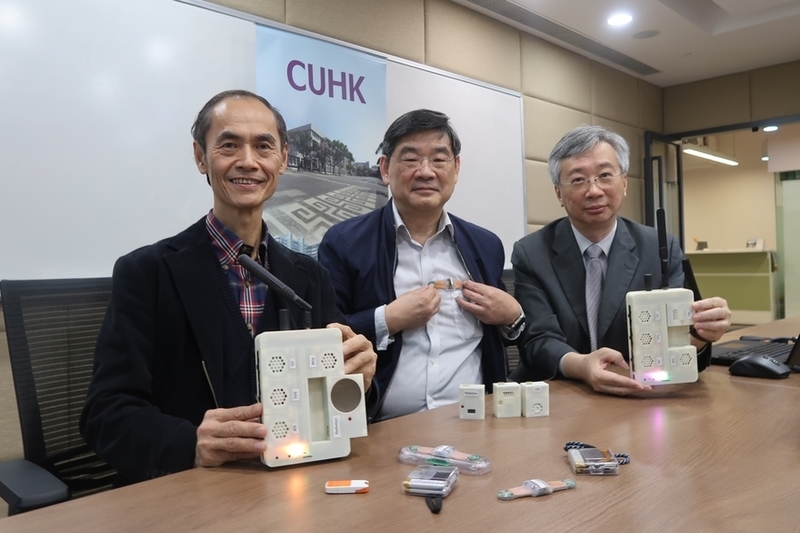
The Chinese University of Hong Kong’s Institute of Future Cities (IOFC) announced the findings of research that will provide feasible applications for the development of a Greater Bay Area smart cities cluster.
The institute is currently involved in research projects including the development of a modular, plug and plays air pollution monitoring system. The system supports modules for testing carbon monoxide, sulphur dioxide, ozone, nitrogen dioxide, carbon dioxide, and radiation, as well as temperature, humidity, and air pressure.
Other projects underway at the IOFC include a wearable, IoT-based airborne particulate matter monitoring system, as well as a wearable ECG monitoring system for allowing users to keep track of their cardiovascular health at home.
The three systems can also be connected to a computer or smartphone to receive data for real-time visualization and analysis, that when integrated with urban big data analysis can contribute to the promotion of public and personal health in Hong Kong.
IOFC said the institute has been striving to gather research talent from multiple disciplines to help Hong Kong carve out a leading role in the GBA smart cities cluster.
The Associate Dean (External Affairs) from the Faculty of Engineering at CUHK stated that investing in creating a smart city in the Greater Bay Area can help generate demand for 5G.
It was noted that China possesses the most cutting-edge 5G technology and has meticulously devised the “Made in China 2025” plan. It is determined to introduce the technology to the global market and realize its full potential.
As the thriving internet industry attests, the free market is essential to the success of innovation and technology industries. In a world penetrated by the Internet of Things (IoT), the application of 5G technology will generate similar effects to those brought by the internet industry.
The Outline Development Plan for the Guangdong-Hong Kong-Macao Greater Bay Area has declared 5G technology as one of the key developmental domains. The plan is closely connected to the construction of the Greater Bay Area.
The HKSAR should actively seek out ways to build on the region’s strengths and work with the Provincial Government of Guangdong to promote the 5G economy.
The governments of Guangdong, Hong Kong and Macao should work together to construct a “Greater Bay Area Smart City Test Base” in the Loop located on the Hong Kong-Shenzhen border.
Hong Kong has an edge in urban planning and can contribute much to a Smart City Showcase Area where IoT technology can be widely deployed in support of a sharing economy and innovative spirit.
Another example would be a Smart Medicine Showcase Area, which takes advantage of Hong Kong’s superb medical services and puts advanced technologies such as real-time video consultations into usage. This would further promote the integration of the two places, allowing Hong Kong retirees living in Guangdong to enjoy real-time Hong Kong medical services through 5G technology.
The close link between innovative technology and urban development is transforming the GBA into a new form of cities. Smart and sustainable cities are important to ensure all city dwellers in different sectors can really enjoy an improved quality of living and greater well-being in the GBA.
















